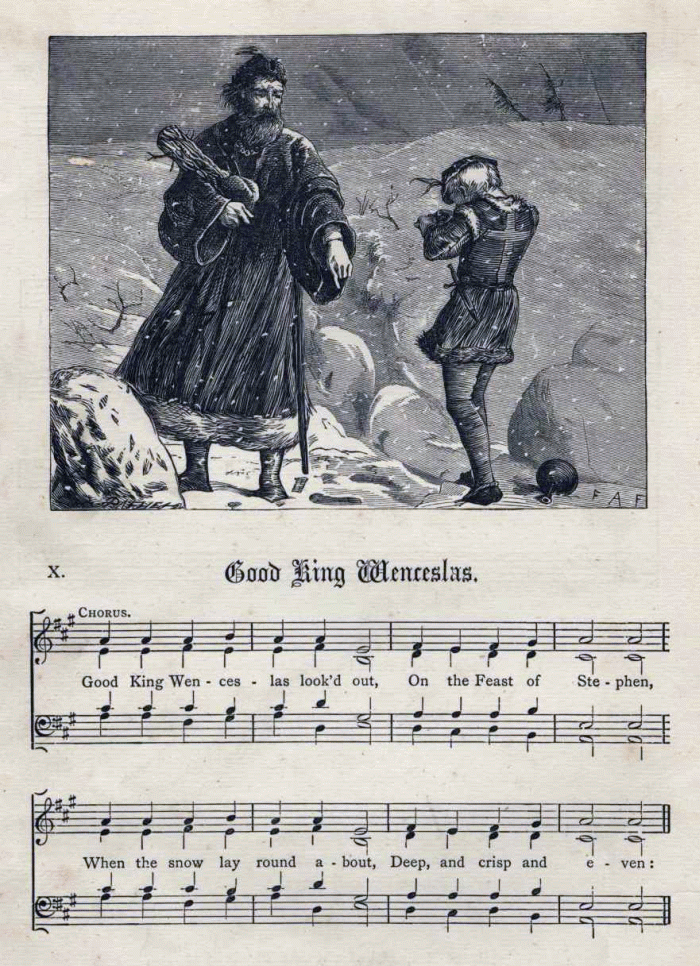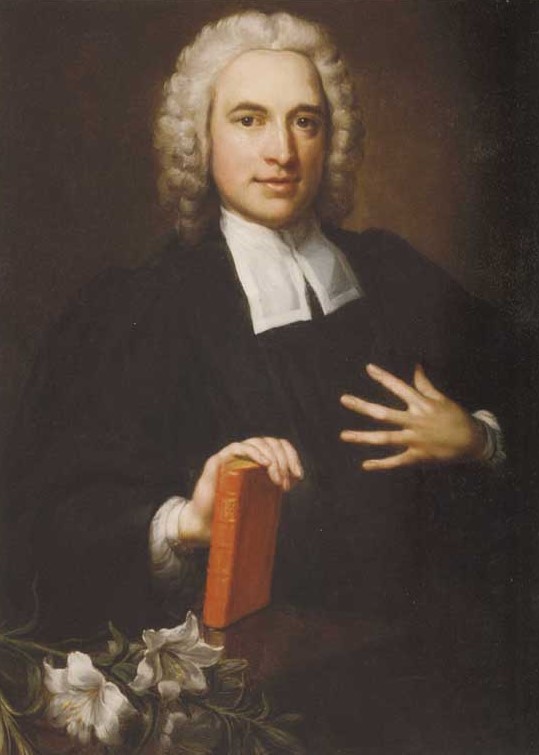Jingle Bells is one of the quintessential Christmas carols and probably the best known one around the world. It was originally titled One Horse Open Sleigh and is a standard at Christmas. The season wouldn’t be the same without it.
BUT . . .
Jingle Bells wasn’t written as a Christmas song. Nope. It was written for Thanksgiving. That makes it a Thanksgiving carol. However, it’s not even really about Thanksgiving. It’s about horse racing and dating. LOL!
Though the author of this time-tested carol is not in question, when and where it was written is.
Let’s roll back time to 1850. James Lord Pierpont was a young man of twenty-seven. (I won’t get into some of his less desirable traits.) His father and older brother were both ministers of Unitarian churches.
In 1850, James’s father asked him to write a song for the upcoming Thanksgiving celebration, or so the story goes. At that time, Thanksgiving wasn’t a national holiday. It was celebrated sporadically since 1789. It wasn’t until 1863, when President Lincoln declared a national day of thanksgiving to be observed on the last Thursday in November, that it became consistent across the country. Controversy surrounded which Thursday to observe this celebration, moving to different Thursdays in the month at the current president’s discretion. In 1942, Thanksgiving finally had a permanent home on the fourth Thursday in November.
Now, back to 1850 in Medford, Massachusetts. James was struggling with what to write for a Thanksgiving song when he saw some children sledding. He went out and joined them for over an hour, racing down the hill on a borrowed sled. His time in the snow brought back memories of when he was a teen racing horse-drawn sleighs with his buddies. At the end of the races, the winner would receive a hug from one of the girls watching. Which meant, they were racing for hugs and for the admiration and respect of girls. Things haven’t changed much.
 |
| James Lord Pierpont |
James, being a bit of a rebel, penned verses of those younger years, racing horses to impress girls. He thought that was something to be thankful for. The song was a hit at the Thanksgiving service causing people to hum the tune as they left, and they asked for it to be performed again at Christmas. The repeat performance was received equally as well. Out-of-town visitors at the Christmas service enjoyed it so much, they jotted down the words and memorized the tune.
When James Pierpont headed down South in 1857, he took his Thanksgiving song with him. Oliver Ditson and Company published it in that same year in August, and James got it copyrighted a month later on September 16. This is what leads to the confusion of when and where it was penned. Both Medford, Massachusetts and Savannah, Georgia lay claim to the origin of this little ditty.
Back to this being a racing and dating song.
Line one of verse one — “Dashing through the snow”. Dashing denotes speed or a race.
In verse 2 (lesser well known) — “And soon, Miss Fanny Bright was seated by my side”—the narrator has a girl in the sleigh, and then proceeds to drive either at a great speed or in a reckless manner to end up in a snow bank and tipped over—“He got into a drifted bank and then we got upsot.”
Then in verse 3 (also lesser known) — He falls in the snow and a rival laughs at him.
. . . I went out on the snow,
And on my back I fell;
A gent was riding by
In a one-horse open sleigh,
He laughed as there I sprawling lie,
But quickly drove away.
I think they were racing because he says “on” the snow, not in the snow.
Last but not least, in the final verse — the narrator tells another fellow to pick up some girls, find a fast horse, then go racing with the fast horse.
. . . Take the girls tonight;
. . . Just get a bobtailed bay
Two forty for his speed
Hitch him to a sleigh
And crack! You’ll take the lead.
Two forty was a horse that could run a mile in two minutes and forty seconds or 22.5 mph.
Regardless of how this beloved carol began, over the decades, recording artists—such as Benny Goodman, Glenn Miller, Bing Crosby, the Andrew Sisters, and many others—have put their stamp on the tune and turned it into a Christmas favorite. Also, the lyrics and pacing have been tweaked since James Pierpont’s original version.
So special is this carol that Jingle Bells was the first song to be performed in outer space. On December 16, 1965, the crew of the Gemini 6 played it on harmonica backed up by sleigh bells. Both of which they smuggled aboard before liftoff.
 |
| Gemini VI |
MRS. WITHERSPOON GOES TO WAR (Heroines of WWII series)
3rd Place 2023 SELAH Award
Margaret “Peggy” Witherspoon is a thirty-four-year-old widow, mother of two daughters, an excellent pilot, and very patriotic. She joins the WASP (Women Airforce Service Pilots). As she performs various tasks like ferry aircraft, transporting cargo, and being an airplane mechanic, she meets and develops feelings for her supervisor Army Air Corp Major Howie Berg. When Peggy learns of U.S. soldiers being held captive in Cuba, she, Major Berg, and two fellow WASPs devise an unsanctioned mission to rescue them. With Cuba being an ally in the war, they must be careful not to ignite an international incident. Order HERE!
MARY DAVIS, bestselling, award-winning novelist, has over thirty titles in both historical and contemporary themes. Her latest release is THE LADY’S MISSION. Her other novels include THE DÉBUTANTE'S SECRET (Quilting Circle Book 4) THE DAMSEL’S INTENT (The Quilting Circle Book 3) is a SELAH Award Winner. Some of her other recent titles include; THE WIDOW'S PLIGHT, THE DAUGHTER'S PREDICAMENT, “Zola’s Cross-Country Adventure” in The MISSAdventure Brides Collection, Prodigal Daughters Amish series, "Holly and Ivy" in A Bouquet of Brides Collection, and "Bygones" in Thimbles and Threads. She is a member of ACFW and active in critique groups.
Mary lives in the Pacific Northwest with her husband of thirty-seven years and one cat. She has three adult children and three incredibly adorable grandchildren. Find her online at: Books2Read Newsletter Blog FB FB Readers Group Amazon GoodReads BookBub
Sources
Stories Behind The Greatest Hits Of Christmas, by Ace Collins
https://en.wikipedia.org/wiki/Jingle_Bells
https://www.grunge.com/285218/the-history-of-jingle-bells-explained/
https://www.liveabout.com/jingle-bells-history-2456082
https://www.history.com/news/8-things-you-may-not-know-about-jingle-bells


_Haugesund_Norway_2020-06-10_Dombj%C3%B8llekrans_dombjeller_jingle_bells_00474.jpg)








































